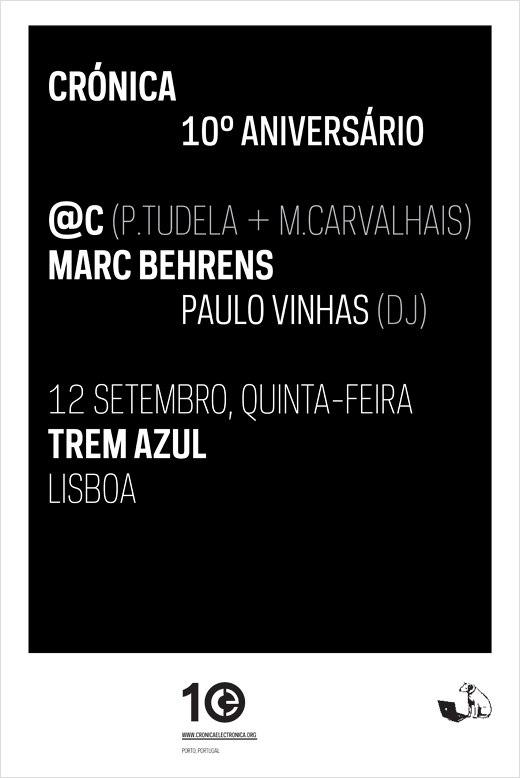
Ce n’est pas la première fois que l’on croise le chemin de Marc Behrens (Further Consequences of Reinterpretation, Compilation Work 1996-2005, Plastic/Metal) mais, franchement, on aimerait que cela se fasse plus souvent. On a toujours été un fervent défenseur de l’allemand et ce Queendom Maybe Rise ne doit aucunement nous faire changer d’avis. Cette énième production de Marc Behrens n’est peut-être pas sa meilleure mais elle met en exergue toute sa capacité à pouvoir se renouveler et prendre les voies qu’il n’a pas encore exploré. En ce sens vous n’entendrez jamais deux fois le même disque chez Marc Behrens et c’est ce qui le rend plus attractif que les autres. Composé de deux pièces inégales par leurs durées (Maybe Rise fait 41 minutes alors que Queendom n’en fait seulement que 8). Mais peu importe la durée de ces deux compositions qui sont très différentes de par leur nature. Il est d’ailleurs assez intéressant de noter que Marc Behrens n’est pas vraiment porté sur une quelconque homogénéité sur ce disque. Il faudra donc les prendre comme ils sont, pour ce qu’ils sont et pas autrement.
Maybe Rise tout d’abord. Ce long morceau donc, pour qui se donne la peine d’aller jusqu’au bout, est pour le moins fascinant. Maybe Rise doit sa richesse et sa variété du fait de field recordings glanés en Australie et plus précisément dans les forêts tropicales de l’Etat du Nord Queensland. Cependant, le field recordings n’est pas suffisant pour Marc Behrens et il se doit d’être accompagné de traitements électroniques divers tels les drones, les sonorités rêches et abruptes autant que les nappes les plus brumeuses. En fait, ici, Marc Behrens fait se rencontrer naturalisme sonore et expositions noise et mécaniques ce qui fait que nous ne sommes pas dans une exploration ambiant qui se voudrait apaisante et pour le moins des plus classiques. Dans ce no man’s land où l’activité organique se réduit à l’environnement existant, Marc Behrens se refuse à rentrer dans une logique linéaire. Sans cesse les variations sonores viennent comme une série de signaux interférant avec l’harmonie de la nature désertique du bush australien.
Pour Queendom on passe dans un autre concept. Ici, Marc Behrens s’emploie à utiliser la voix de Yöko Higashi à qui il a demandé de chanter une sorte d’hymne de sa propre création tout en y incluant le plus souvent possible des respirations. A partir de ce matériau est né Queendom qui a bien été retraité électroniquement et qui fonce tête baissé dans l’abstraction la plus totale. Là encore Marc Behrens montre un goût très prononcé pour les distorsions et les explorations caverneuses. Quoi qu’il en soit, l’allemand montre une fois de plus toute son emprise sur le monde vivant et sa capacité à le transformer. Du grand art.
Fabien





